Forums
- Forums
- Duggy's Reference Hangar
- USAAF / USN Library
- The First Flying Fortress
The First Flying Fortress
Post a reply
- Go to Previous topic
- Go to Next topic
- Go to Welcome
- Go to Introduce Yourself
- Go to General Discussion
- Go to Screenshots, Images and Videos
- Go to Off topic
- Go to Works in Progress
- Go to Skinning Tips / Tutorials
- Go to Skin Requests
- Go to IJAAF Library
- Go to Luftwaffe Library
- Go to RAF Library
- Go to USAAF / USN Library
- Go to Misc Library
- Go to The Ops Room
- Go to Made in Germany
- Go to Campaigns and Missions
- Go to Works in Progress
- Go to Juri's Air-Raid Shelter
- Go to Campaigns and Missions
- Go to Works in Progress
- Go to Skinpacks
- Go to External Projects Discussion
- Go to Books & Resources
-
12 years agoFri Sep 18 2015, 02:20pm
 Main AdminText By Greg Goebal, Thanks.
Main AdminText By Greg Goebal, Thanks.
MODEL 299 FLYING FORTRESS
* Even while the XB-15 was moving off the drawing board, both the Air Corps and Boeing were looking for a more practical bomber to replace the Martin B-10s then in service. In August 1934, the Air Corps issued a request for a multi-engined bomber aircraft that could carry a "useful bombload" with a cruising speed of 354 KPH (220 MPH) at an altitude of 3.05 kilometers (10,000 feet) for ten hours. Top speed was to be 400 KPH (250 MPH).
The potential production quantity was a hundred aircraft, and Boeing officials were eager for the business. The company quickly responded with a design with the designation "Model 299". The Model 299 had four engines instead of the two implied in the request, but the Air Corps assured Boeing that wasn't a problem. The USAAC approved the construction of a prototype of the Model 299 on 26 September 1934. Boeing allocated initial funding of $275,000 USD, but this sum would double before the prototype flew. The design team was led by E. Gifford Emery, along with Edward C. Wells. The design they came up with looked something between a scaled-down version of the XB-15, then in design, and a scaled-up, four-engine version of the Model 247.
The Model 299 was a mid-wing monoplane of aluminum construction, powered by Pratt & Whitney R-1690 Hornet single-row nine-cylinder radial engines. The engines could each produce 560 kW (750 HP) at 2,135 meters (7,000 feet) and drove three-bladed Hamilton Standard propellers with a diameter of 3.5 meters (11 feet 6 inches). The aircraft had a wingspan of 31.6 meters (103 feet 9 inches) and a length of 20.95 meters (68 feet 9 inches). The nose was glazed to give the bombardier a good view. There was a nock under the nose where the bombsight was placed, as well as a bubble on top of the nose glass where a machine gun could be mounted.
The pilot and copilot sat side-by-side, each within reach of a clever new central throttle arrangement that allowed them to control all four engines with one hand. There was a bomb bay behind the cockpit, with twin vertical bomb racks accommodating up to 2,177 kilograms (4,800 pounds) of bombs. There was a flight engineer / radioman position behind the bombbay, connected to the cockpit by a narrow catwalk through the bombbay. There was a machine-gun blister above the radioman's position, with a tub on the belly a little further to the rear for another machine gun, and then twin blisters on either side of the fuselage, to be each fitted with a single machine gun. Either 7.62 or 12.7 millimeter (0.30 or 0.50 caliber) Browning machine guns could be mounted, giving the Model 299 defensive armament of five machine guns.
The aircraft was of tailwheel configuration, with a semi-retractable tailwheel. The main gear retracted to a half-recessed position in the inner engine nacelles.
* The Model 299 was publicly rolled out at Boeing field in Seattle on 17 July 1935. The new aircraft was big and impressive, with a gleaming arc-deco THRILLING WONDER STORIES pulp-fiction look to it. Reporter Richard Williams of the SEATTLE DAILY TIMES was inspired to call it a "flying fortress". Boeing public relations men liked the name so much that they adopted it and registered it as the aircraft's official name. First flight was on 28 July, and on 20 August 1935 the aircraft flew from Seattle to Wright Field near Dayton for Air Corps evaluation. The flight was made in 9 hours 3 minutes at an average speed of 375 KPH (235 MPH). That was much faster than its rivals in the Air Corps competition, the Douglas DB-1 and the Martin 146. However, the Model 299 cost almost $200,000 USD, more than twice as much as either of its two competitors.
The evaluation program went well up until very near the end. On 30 October 1935, the Model 299 crashed on takeoff. The pilot, Air Corps Major Ployer Hill, and Boeing test pilot Leslie Tower were killed; there were two survivors. The accident was not due to any inherent fault in the design of the aircraft. The Model 299 had a set of control surface locks that could be set from the cockpit to prevent wind damage to the control surfaces while the aircraft was parked. Hill had failed to release this control during take-off and Tower had failed to notice the error. Unfortunately, the ruined Model 299 could not finish the Air Corps evaluation, and the Army selected the Douglas DB-1 instead. The DB-1 was a derivative of the Douglas DC-2 commercial transport, and was be designated the B-18 in service. 350 were built, though the design was effectively obsolete within a few years.
Despite the Model 299's high cost and the accident, the Air Corps thought the design had obvious merit, and so on 17 January 1936 the Army ordered 13 flying Model 299s and a static test airframe from Boeing for the sum of $3,823,807 USD, funds that the overstretched company badly needed to stay afloat. The 13 aircraft were to be designated "YB-17".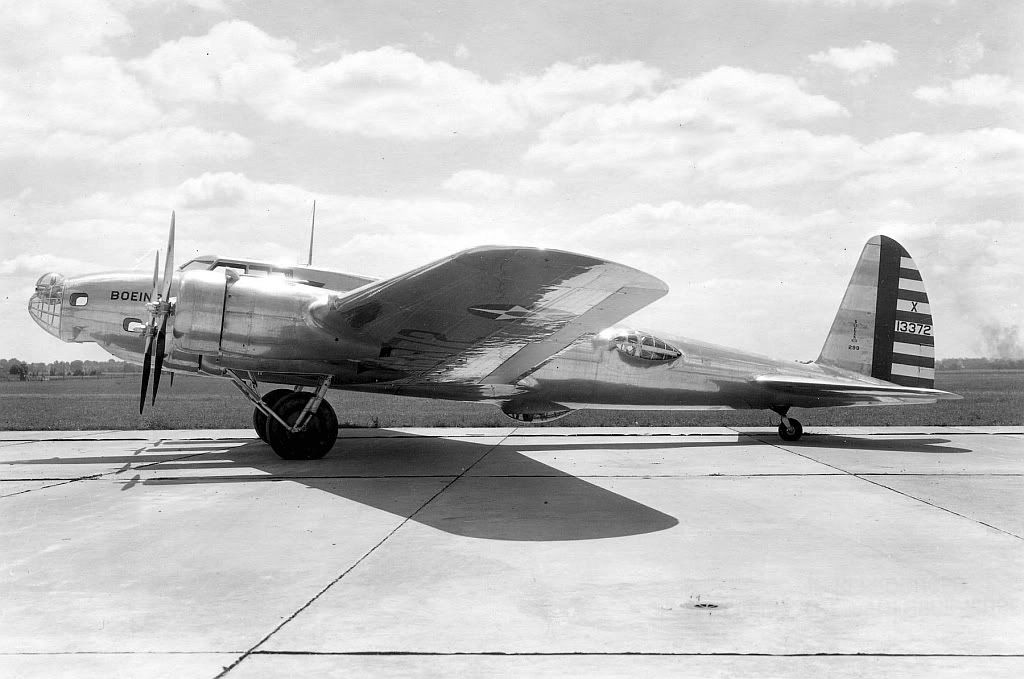
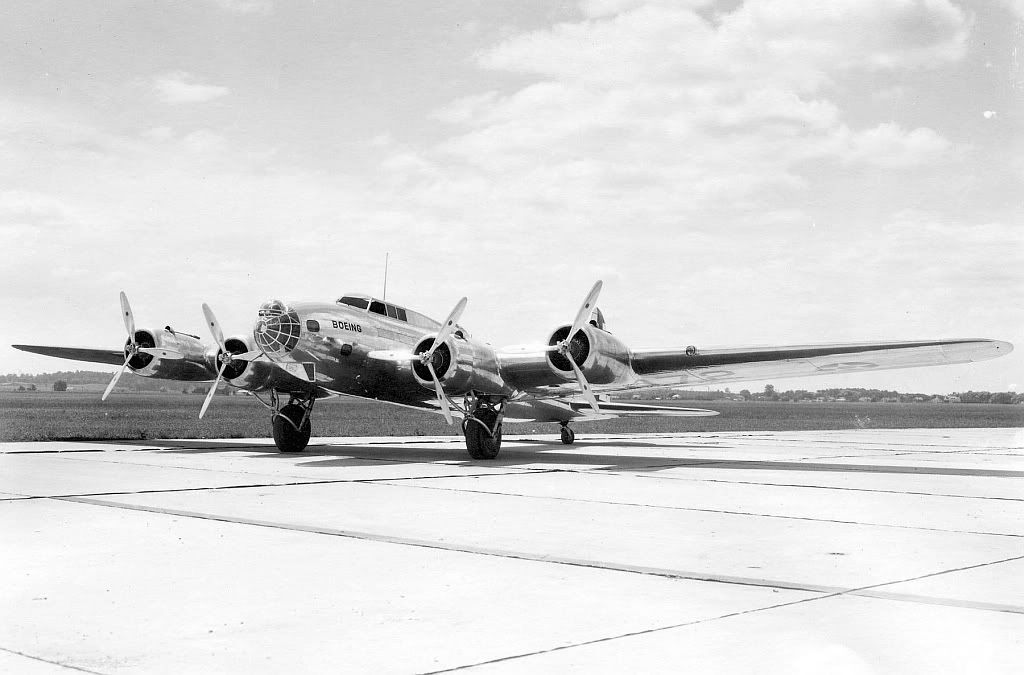
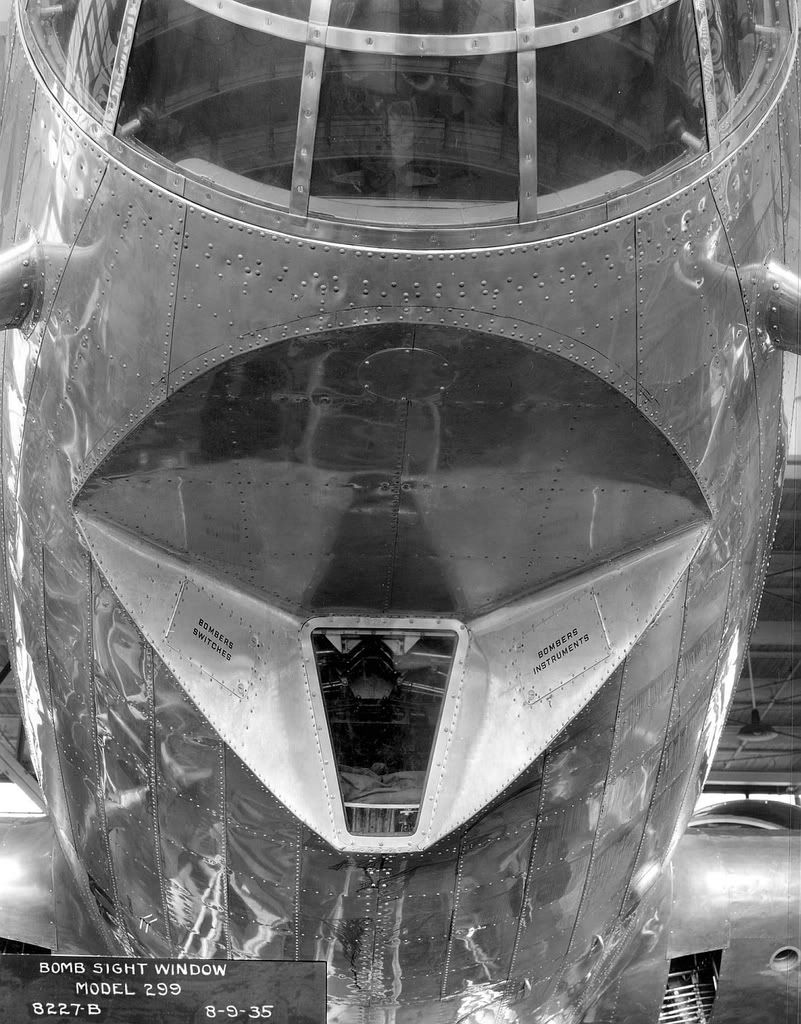

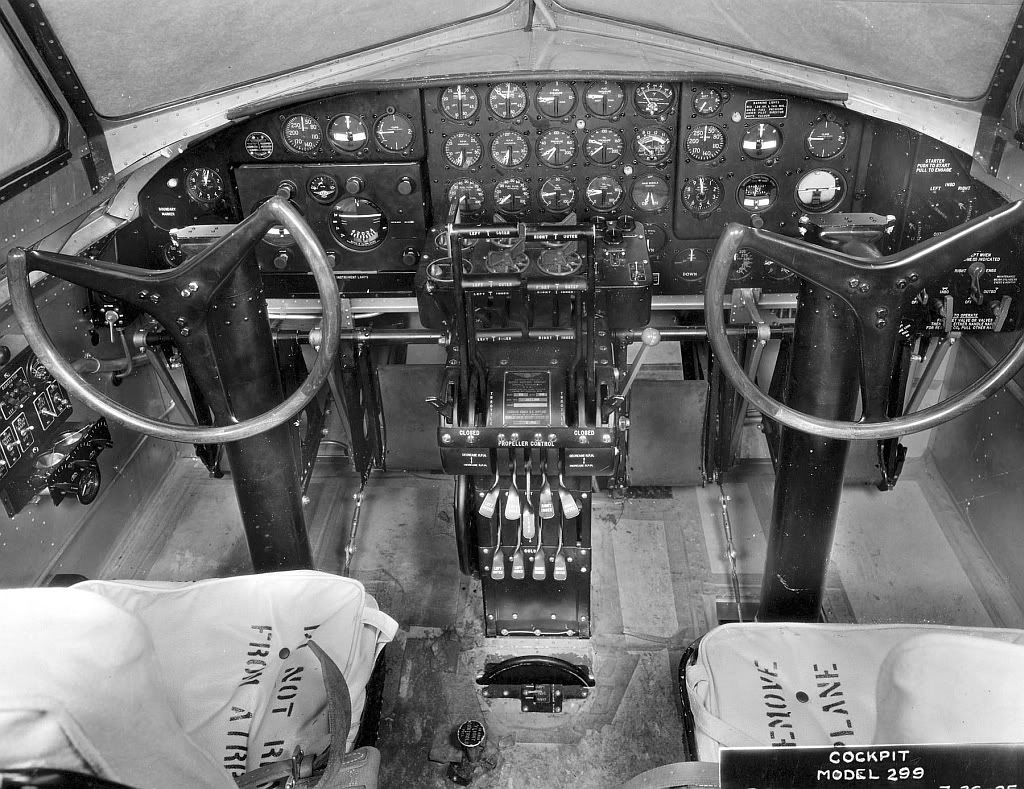
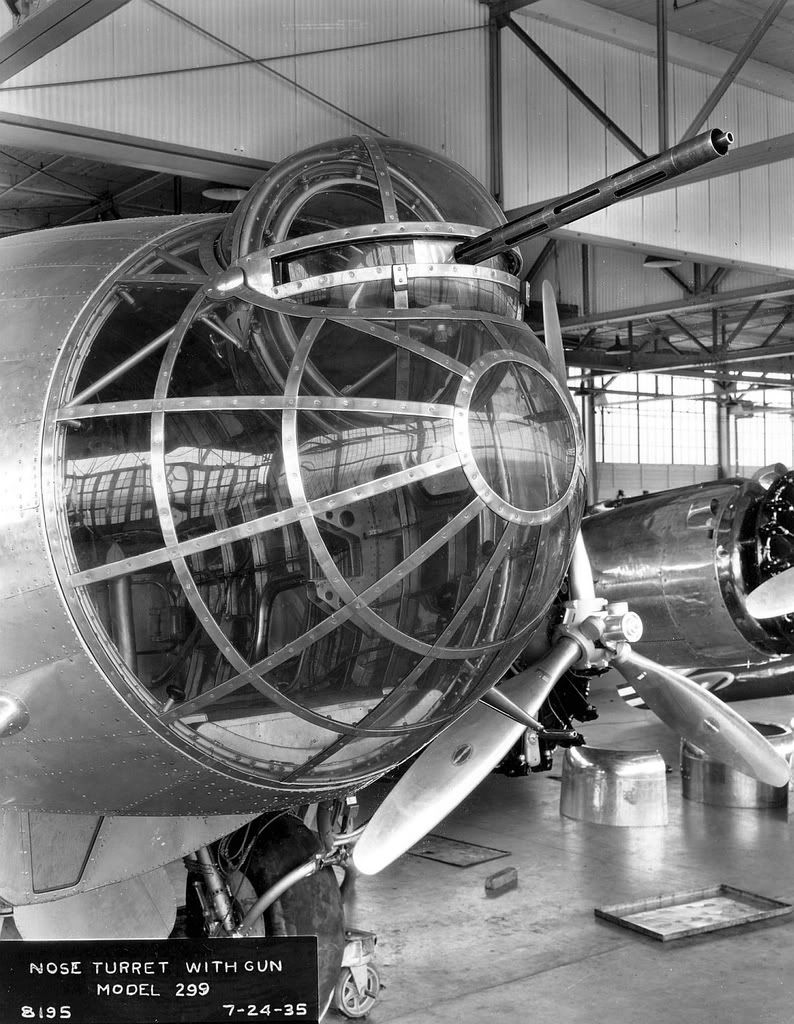
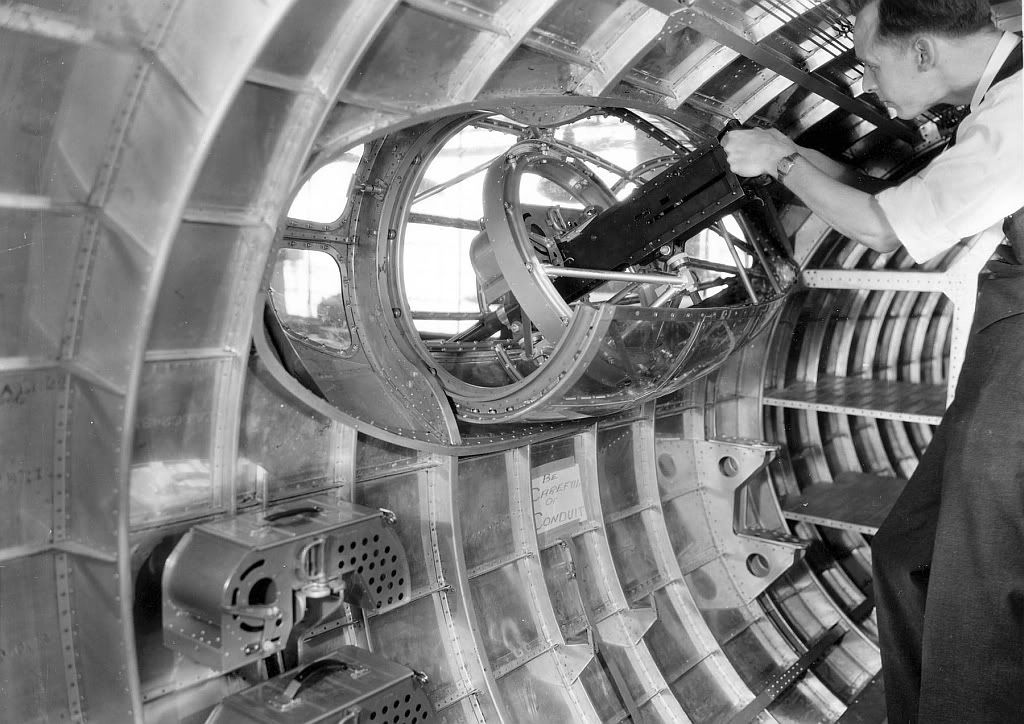
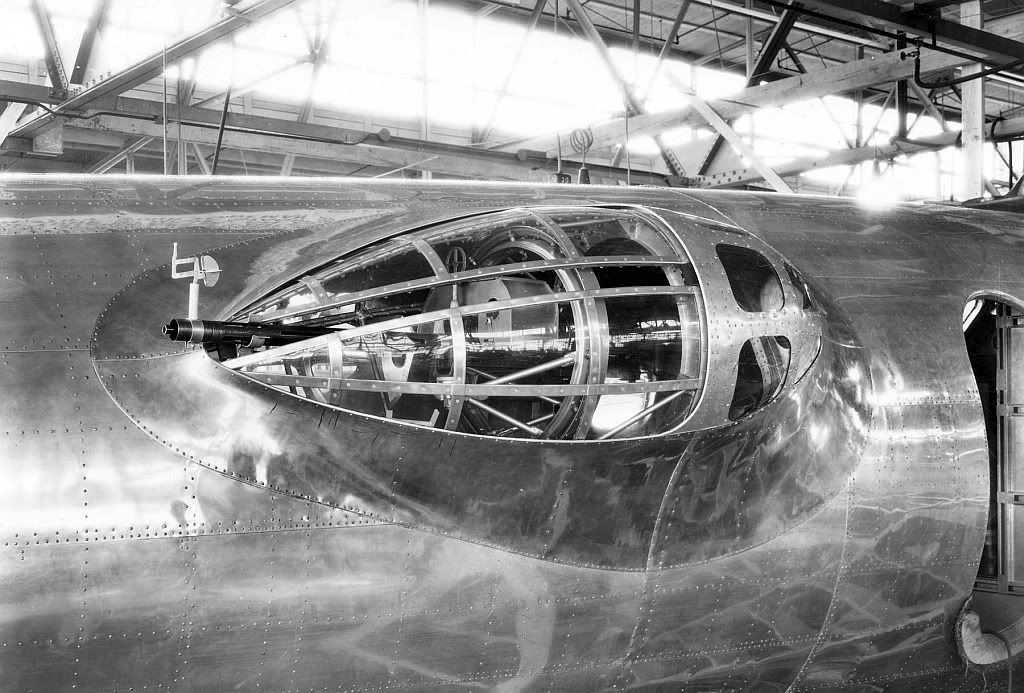
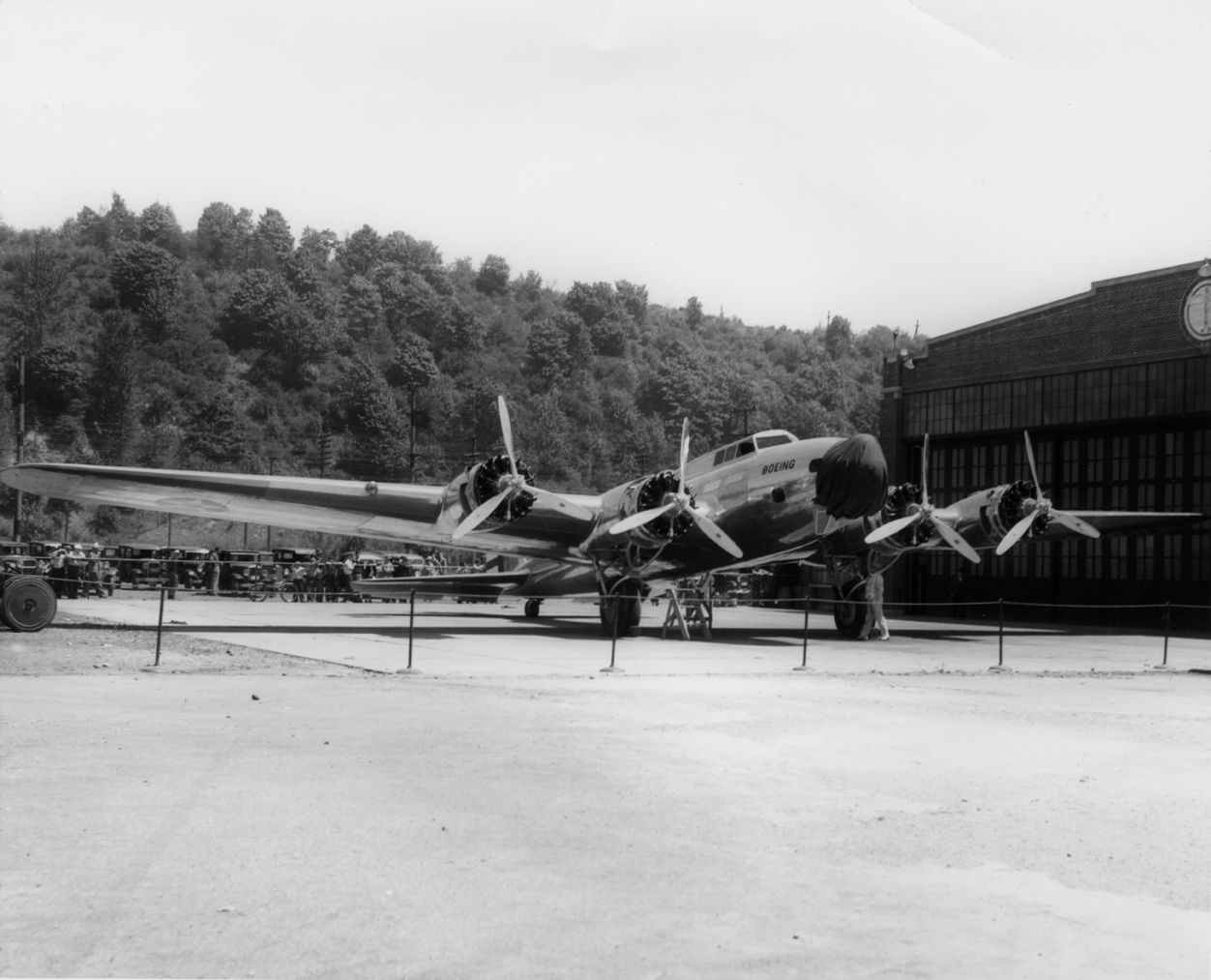
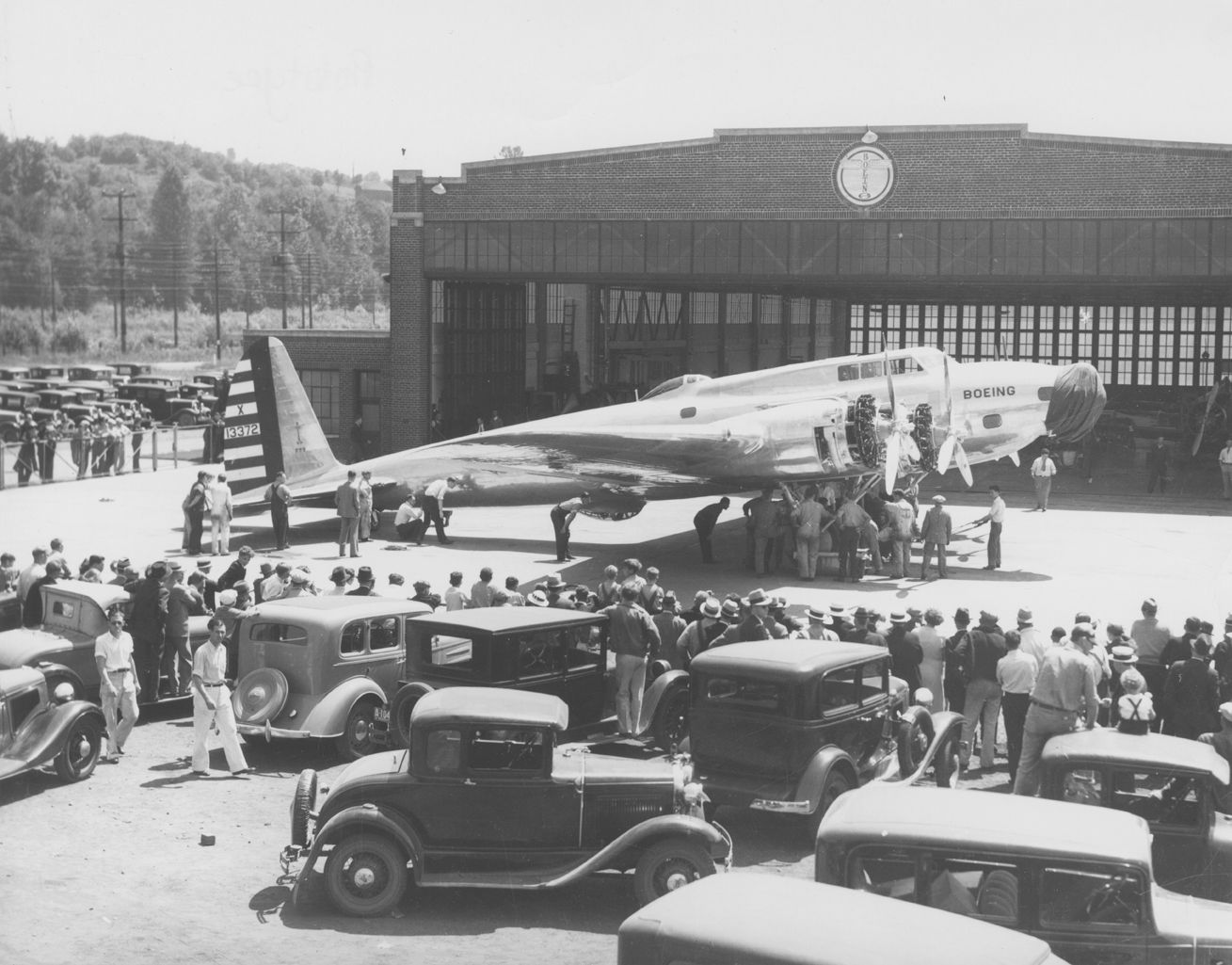
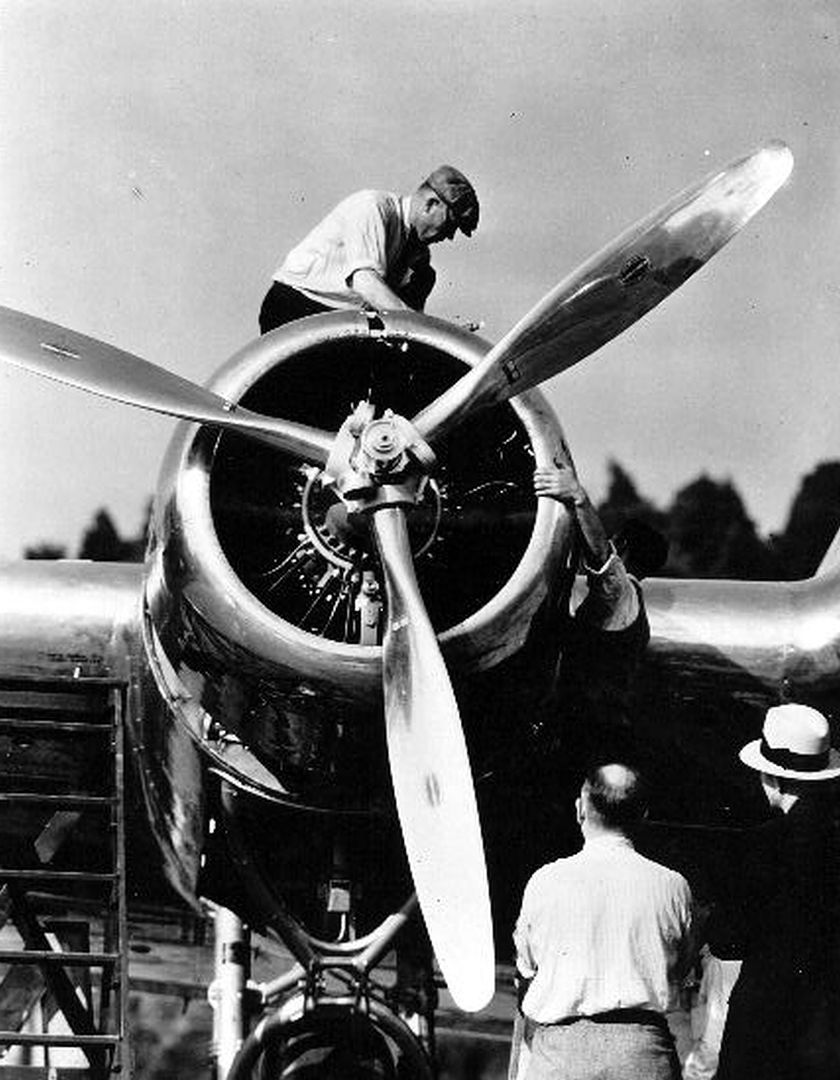
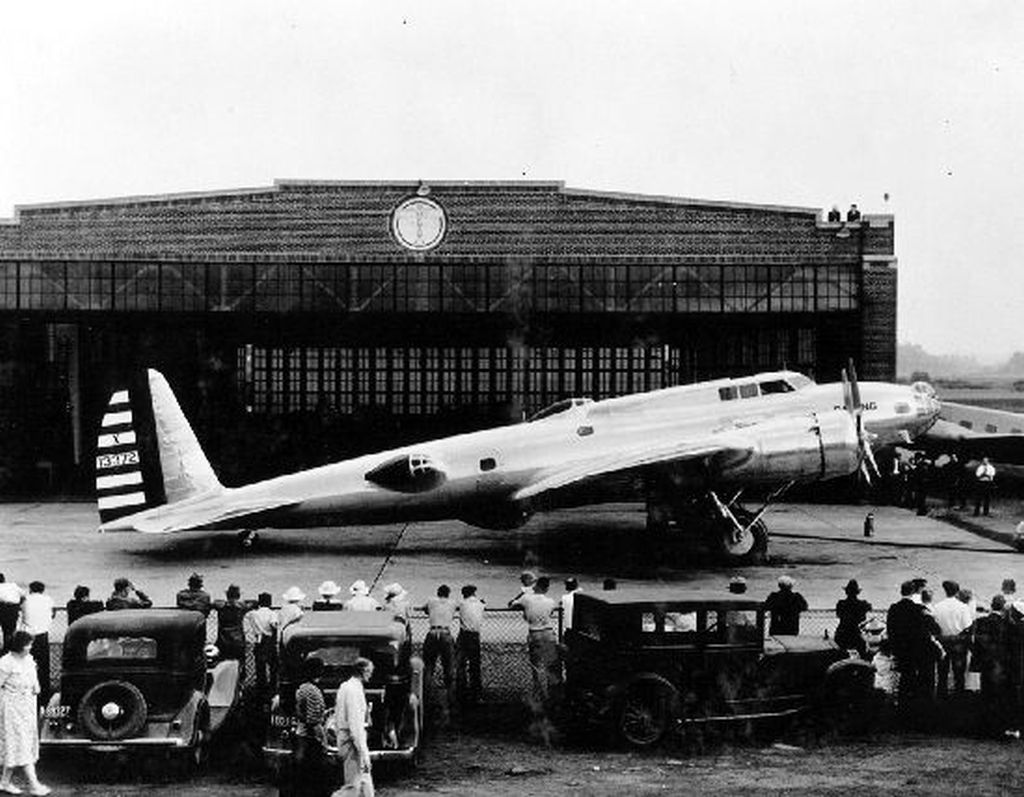
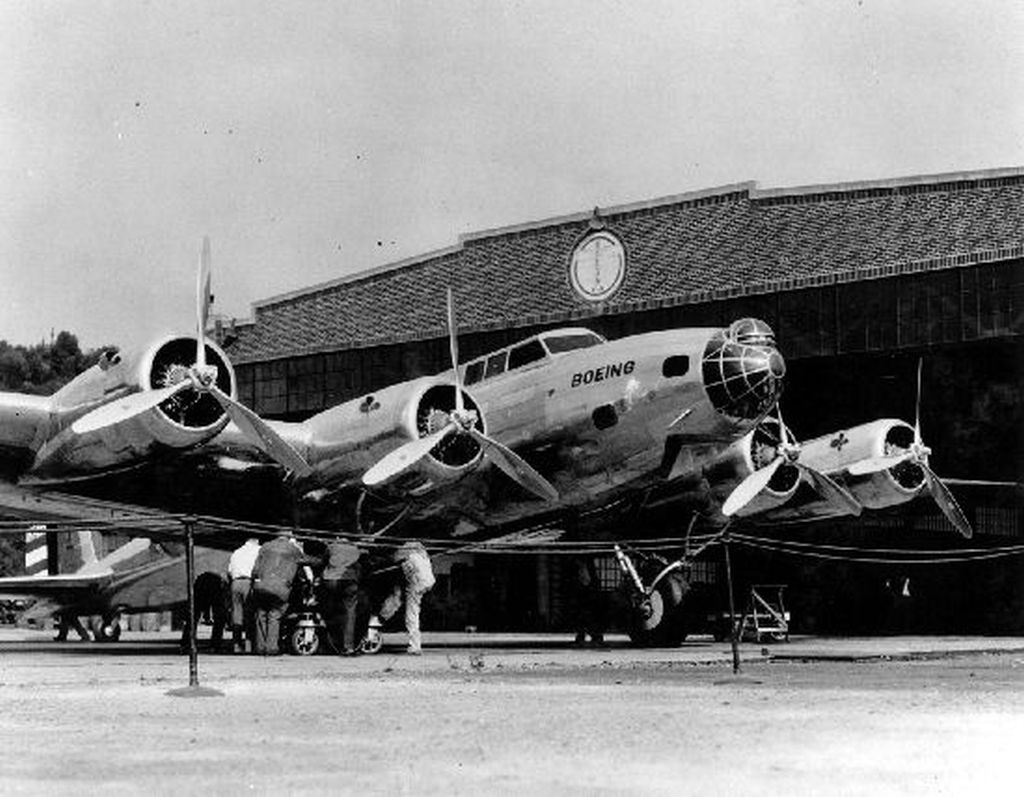
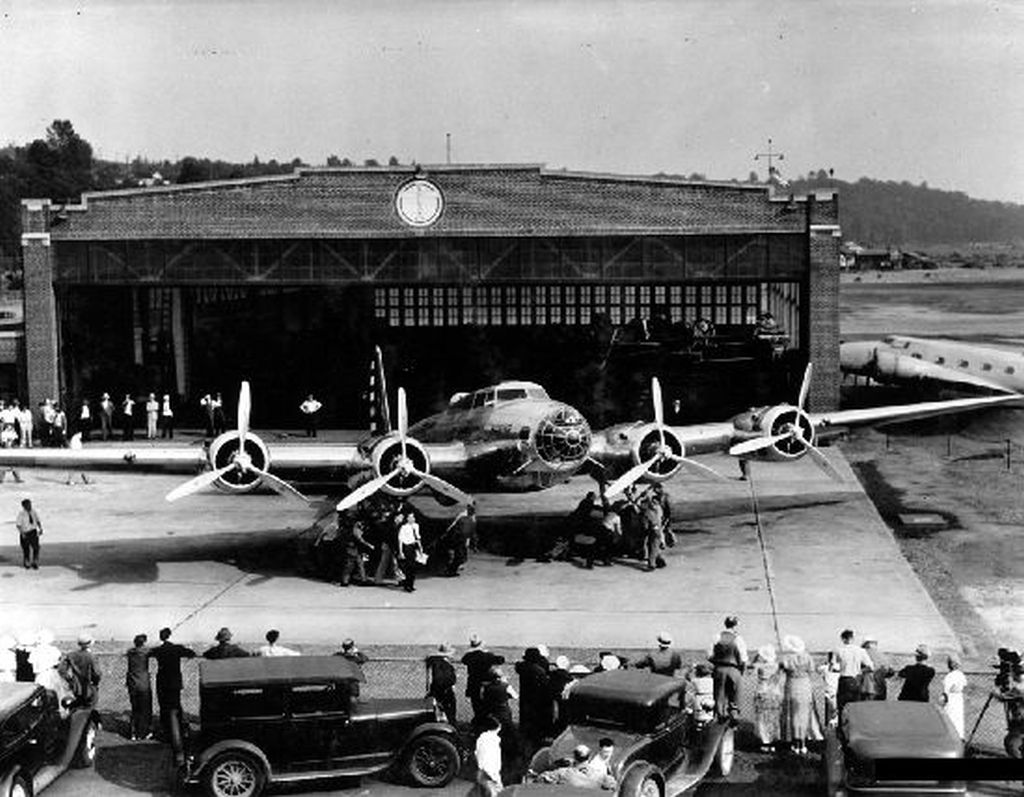
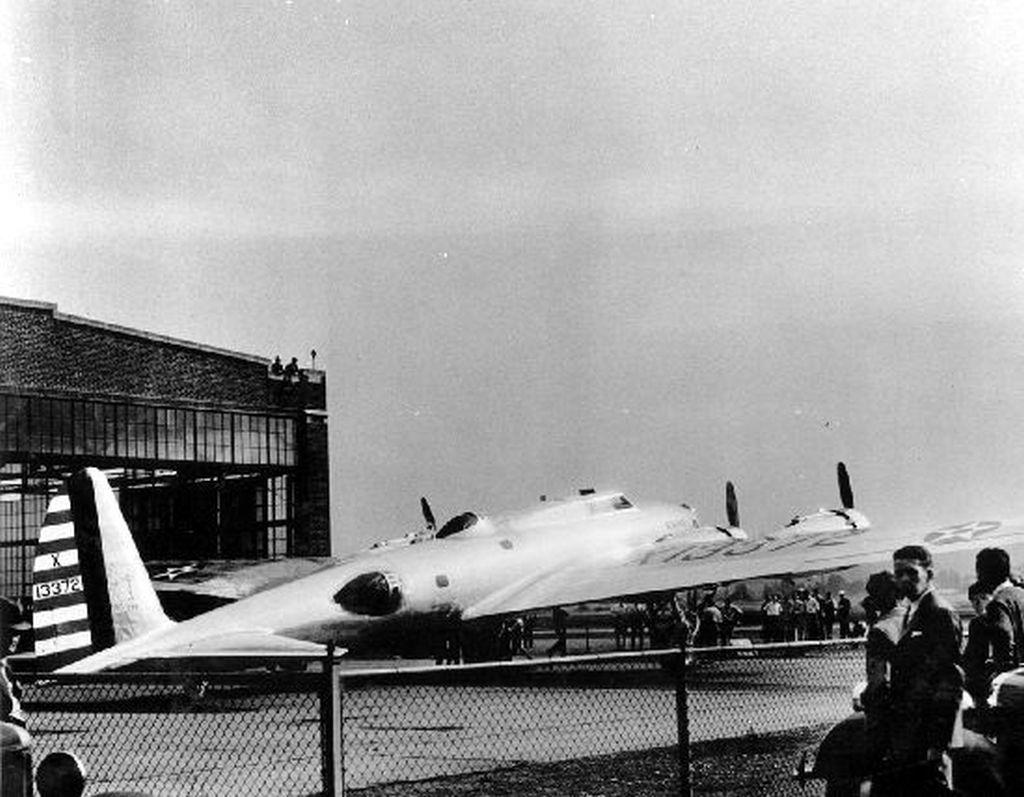
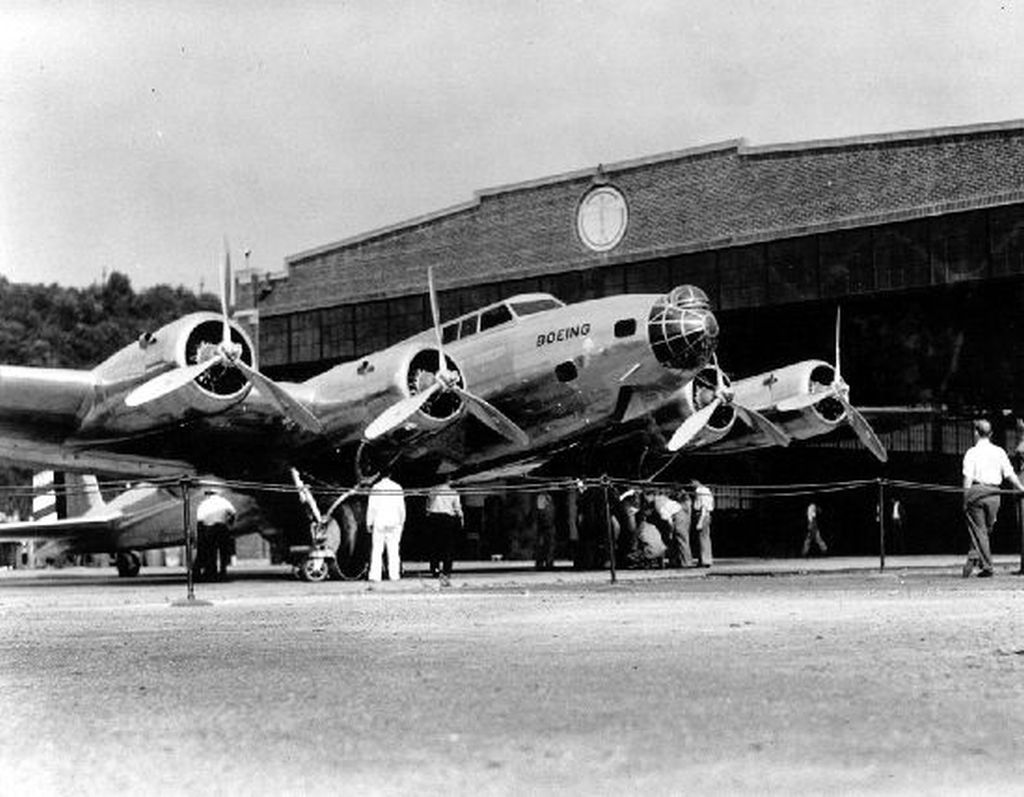
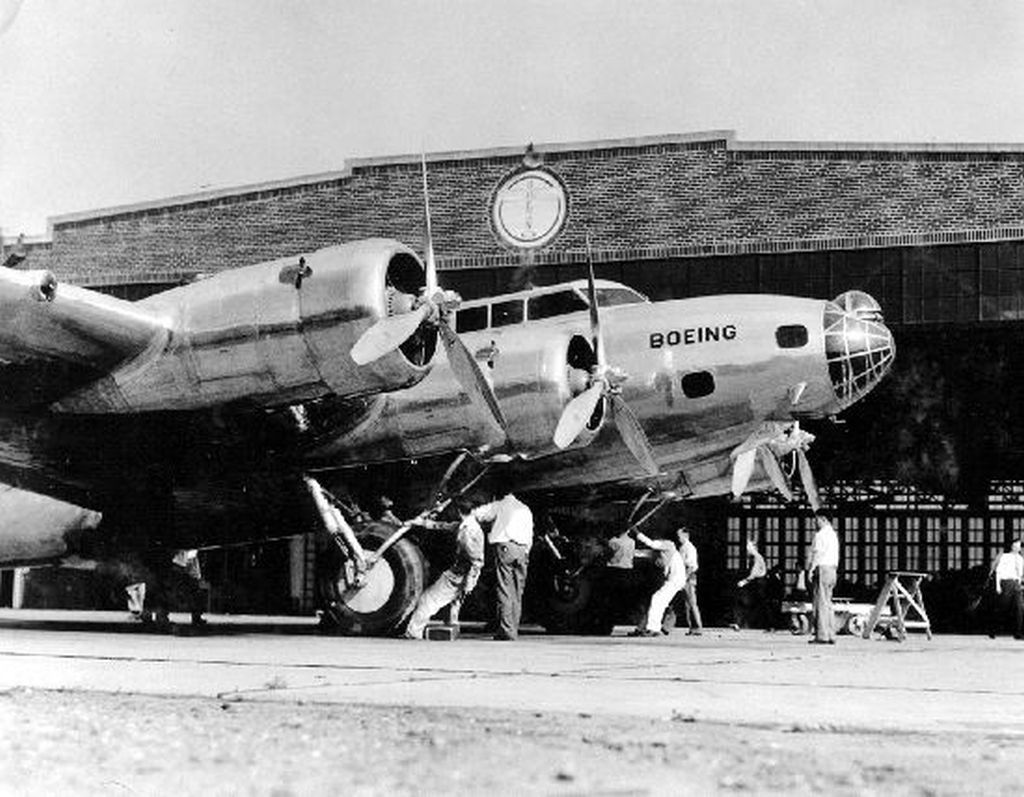
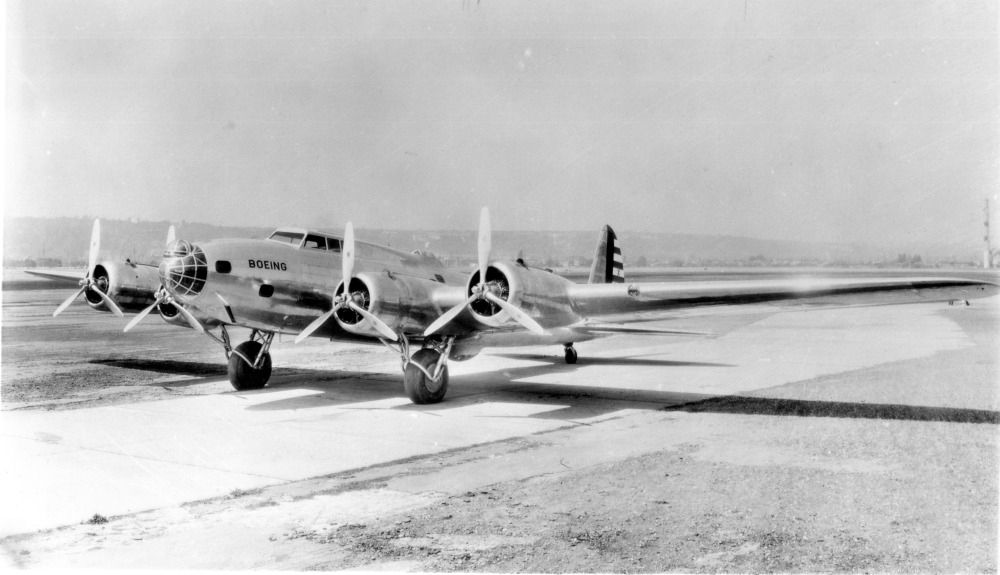
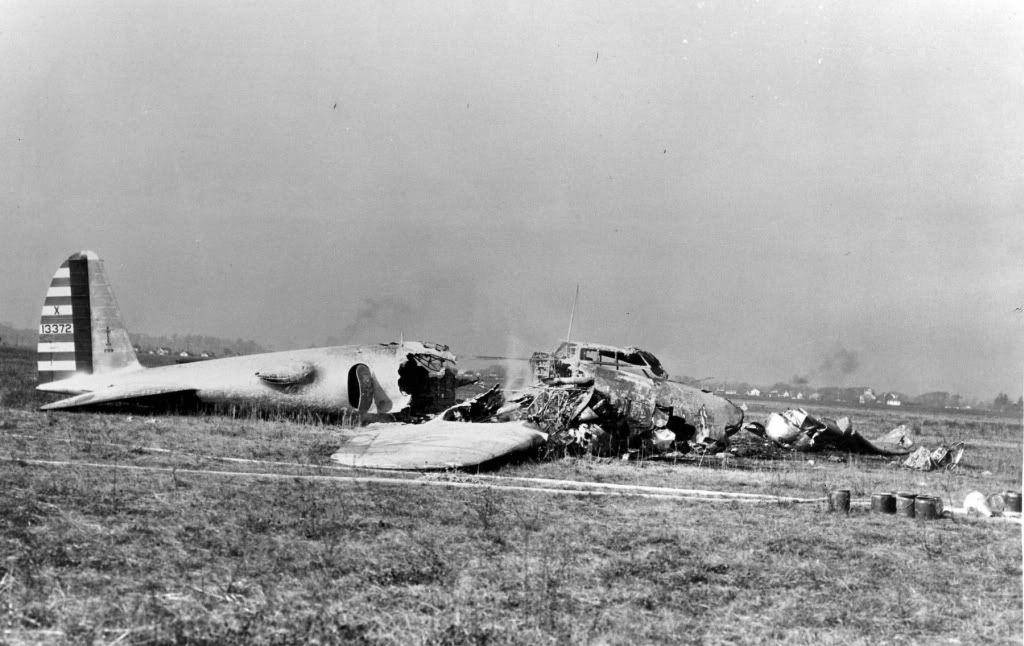
Regards Duggy -
 AdminI always thought it was strange how the original 299 and YB-17/Y1B-17 had a gun in a nose turret, but it was removed in the production B-17B aircraft. Fast forward a few years and the AAF sees the need for a nose turret.
AdminI always thought it was strange how the original 299 and YB-17/Y1B-17 had a gun in a nose turret, but it was removed in the production B-17B aircraft. Fast forward a few years and the AAF sees the need for a nose turret.
The YB-17 and Y1B-17 were identical aircraft. The name change was to denote the special funding used to buy the planes.
The Y1B-17A was originally bought as a static test a/c but ended up being fitted with turbo-supercharged engines and flight tested. Performance was greatly increased and all following B-17 models used the devices. -
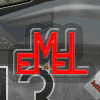 Level 7Great article again!
Level 7Great article again!
It just so happens, I was watching this: Battle Stations - B17 Flying Fortres FULL today shortly before I discovered this great topic here. Mind if I add a link? You may have seen it a couple of million times, for me it was the first. Me thinks it's one of the better documents about the Fortress, and the Narrator is good. -
 Level 1Yikes, Incredible Photos,wonderful text.
Level 1Yikes, Incredible Photos,wonderful text. -
 Level 1Just watched Battle Stations The Lancaster.
Level 1Just watched Battle Stations The Lancaster.
Do watch it by all means. It will take you right on board
Fantastic film.
Post a reply
- Go to Previous topic
- Go to Next topic
- Go to Welcome
- Go to Introduce Yourself
- Go to General Discussion
- Go to Screenshots, Images and Videos
- Go to Off topic
- Go to Works in Progress
- Go to Skinning Tips / Tutorials
- Go to Skin Requests
- Go to IJAAF Library
- Go to Luftwaffe Library
- Go to RAF Library
- Go to USAAF / USN Library
- Go to Misc Library
- Go to The Ops Room
- Go to Made in Germany
- Go to Campaigns and Missions
- Go to Works in Progress
- Go to Juri's Air-Raid Shelter
- Go to Campaigns and Missions
- Go to Works in Progress
- Go to Skinpacks
- Go to External Projects Discussion
- Go to Books & Resources
